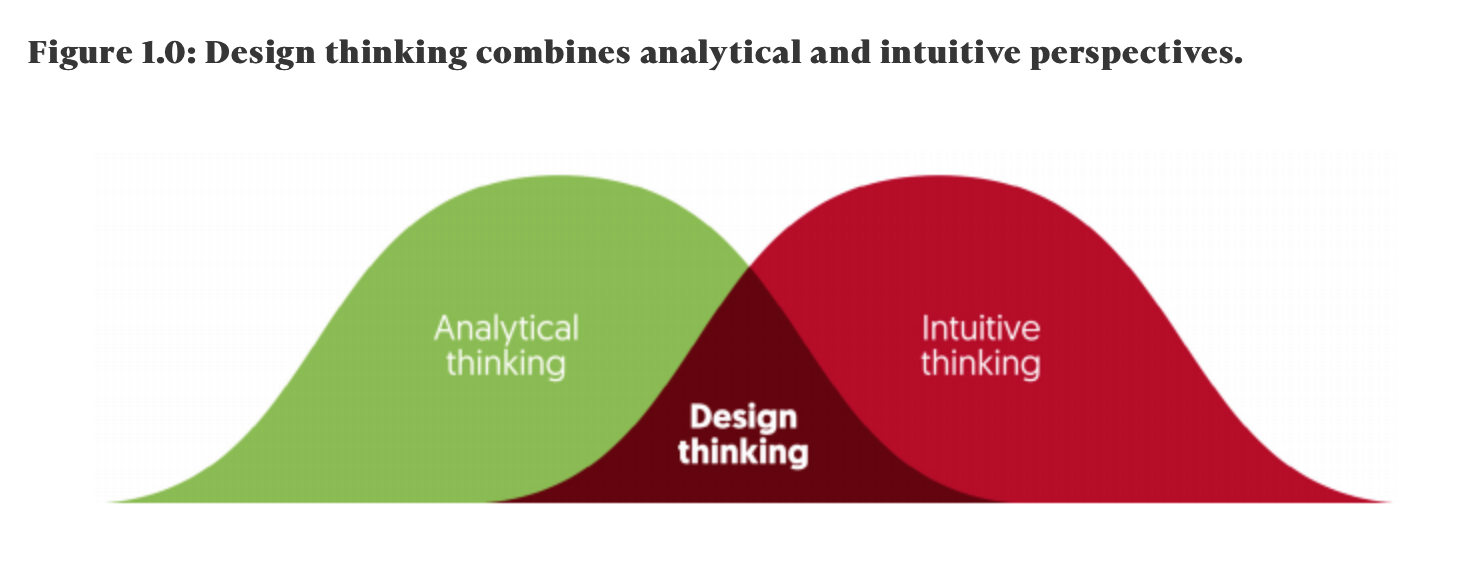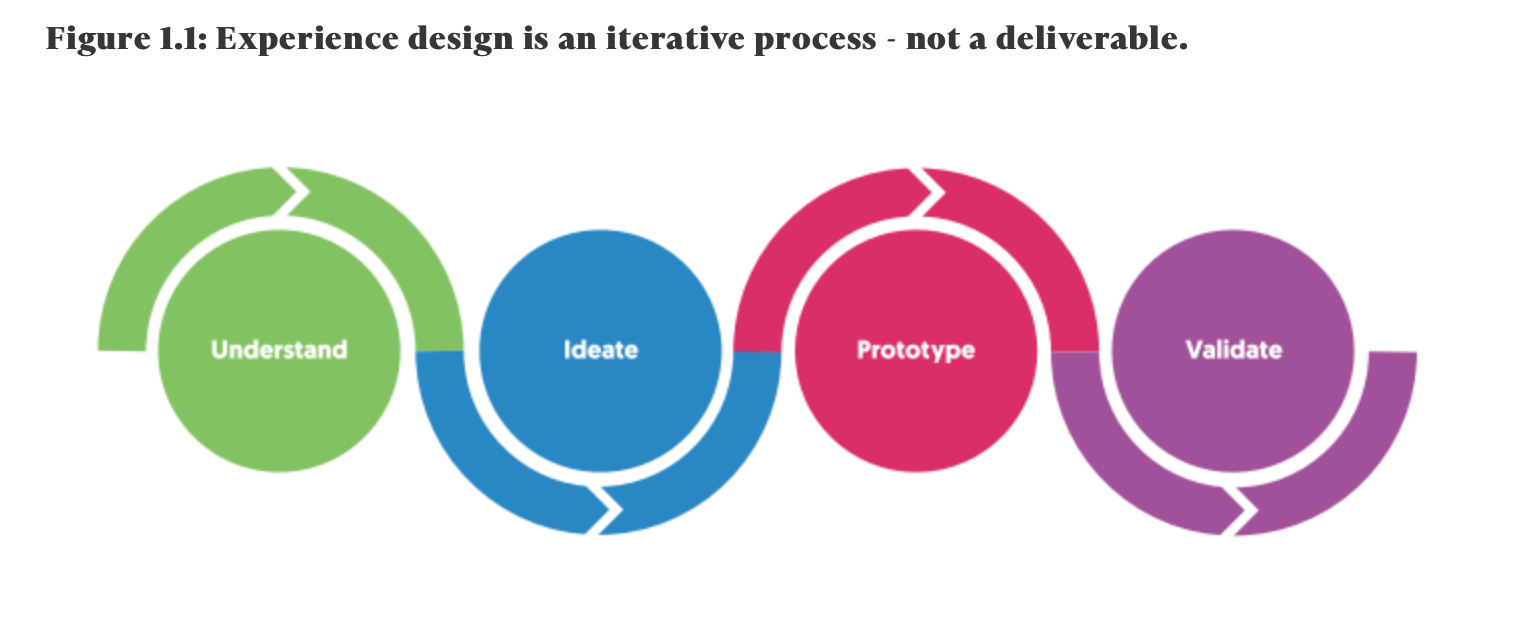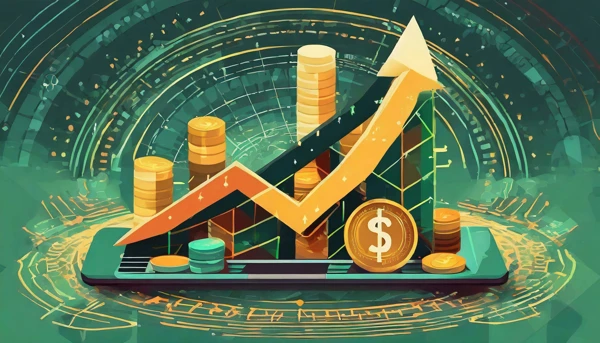Theo Paraskevopoulos, looks at why wealth experiences are so powerful and offer a practical guide on how to set up a modern experience design practice
Not all things are well-designed but producing a thing - anything - involves making decisions around its usability, aesthetics and viability. Good Design is about making these decisions consciously, striving for an optimal balance between the needs of the user and the producer.
Great Design goes further. In the classic book “The Design of Everyday Things”, Donald Norman describes design as the communication between object and user. Beautiful objects appeal to both our analytical and emotional side: "Cognition attempts to make sense of the world: emotion assigns value."
Cognition attempts to make sense of the world: emotion assigns value.
In the early 00s, pioneering firm IDEO introduced design to the business world by reimagining services as experiences. In a seminal article, they demonstrated the use of design thinking to help firms leverage their teams’ creativity and create human-centric innovation. Customer Experience (CX) design was born.
Wealth as an experience
Wealth itself is rather dull - numbers in a database or stuff kept behind locks. But the experience of being wealthy is incredibly powerful, its pursuit a driver or innovation, progress and conflict throughout history. But what does it feel to be wealthy? What does the world look like from the very top of Maslow’s pyramid?
Quintet, a private bank, has set out to define this experience using a framework that attempts to map out what makes a richer life. Their findings show that internal motivations (security, legacy) co-exist with external ones (impact, development), painting an experience that, “transcends materialism… pursuing a life filled with passion, curiosity and meaning”.
Wealth Managers are well-placed to handle clients’ internal motivations and analytical needs. Often, they are less fluent with their emotional needs, and wealth experiences appear simplistic and incomplete. For many firms, design is limited to coming up with a nice “look and feel” to present content and reports. But can an ‘experience’ be captured in a single deliverable?
Design is a process
Experience design is an iterative process. It involves coming up with ideas, building prototypes and testing them to draw lessons that will inform the next iteration. A key metric is that, more often than not, the outcome should be failure. If you get it right too quickly, you have probably settled for an obvious and generic solution.
The design sprint was developed by Google Ventures to structure this process around a five-day programme. By focusing on the first and last steps of the process (ideas and lessons), it allows teams to run experiments in hyperlapse. Sprints are perfect if a business need has been identified, but the concrete solution has yet to be agreed. Having identified one or more solution candidates, the design team will develop a prototype with just enough features and polish to be testable with a real audience. This minimum viable product (MVP) must be launchable, even if limited to a small group. If you are sceptical that you can launch within 30 days, then you are probably not using the right toolkit.

Tools for modern experience design
Experience design is not a deliverable but an iterative process. To be in a position to run rapid build, test and release iterations, you need to install the right toolkit. Once in place, your CX can scale your MVP to an entire ecosystem of customer communications, future-proofing your efforts.
The place to start is with a design system, which organises the elements of your experience into reusable components. Going beyond brand guidelines, a design system ensures that all visual and interactive elements are used consistently, evolve efficiently and - most importantly - can scale out to meet your future needs.
The second piece of kit you will need is an IT stack that supports continuous delivery (CD). A cornerstone of any cloud-enabled backbone, CD will let your team iterate on design and functionality at the speed of ideas. Contrary to a popular misconception, breakthroughs hardly ever arrive with a “big bang”, but more often through a steady and sustainable value stream.

Data-driven experiences
In digital CX we sometimes use the analogy of a rocket: a launch marks the beginning of the process, not the end. Fancy tech will allow you to iterate, but towards what direction? An amazing design will be of little value if it turns out to be a great solution to the wrong problem.
Many firms are familiar with using Analytics to fine-tune content and measure the success of marketing campaigns. Less known is how designers rely on data and analytics to inform their thinking. Data-informed design stats with feedback in the form of user behaviour, using it to test assumptions and break inertia or groupthink.
More broadly, many firms are beginning to use analytics to monitor experience across channels. Clients interact across multiple touchpoints (web, mobile, phone, documentation etc.), and their overall experience is shaped by every touchpoint they happen to use. To spot weak links in your CX chain, bring together data from your CRM, digital and portfolio platforms in one unified, complete picture.
Our experience
To communicate our design process, we sometimes use a car journey as an analogy. A design sprint will set your satnav and the MVP will get you through the traffic. Scaling up is like joining the motorway, getting you to the digital fast lane - a place where experiences evolve faster but with less effort.
Experience design is a powerful way to connect to clients, especially when they appeal to both our analytical and emotional side. In modern CX practice, design is a journey, not a deliverable. To get you going, you will need your creativity, some clever toolkit - and the right partner.
Clients interact across multiple touchpoints (web, mobile, phone, documentation etc.), and their overall experience is shaped by every touchpoint they happen to use.





